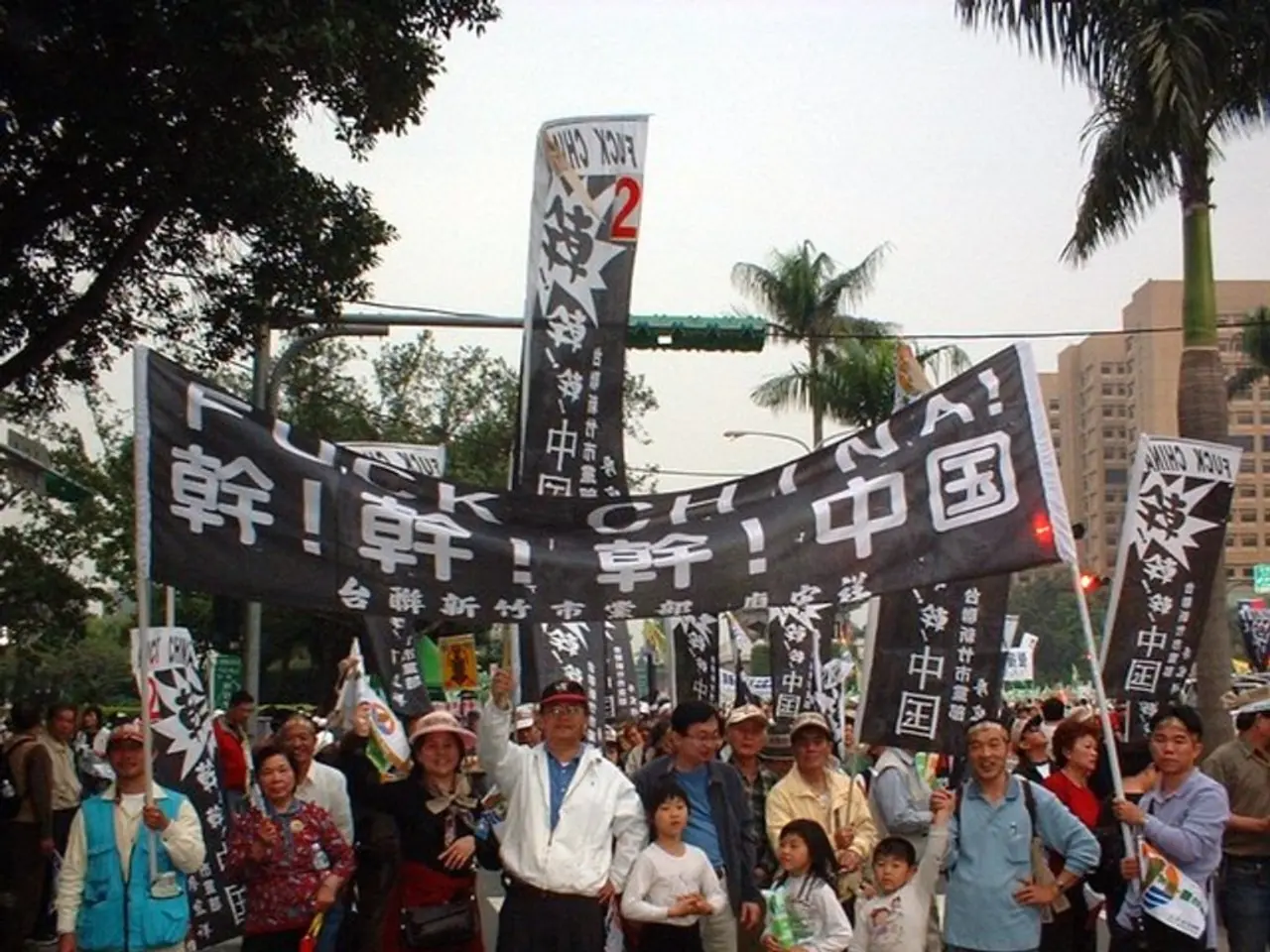International Protests against Gentrification in Mexico City, specifically in CDMX, have generated a surge of global dissatisfaction
In the heart of Mexico City, the bustling neighbourhoods of Roma and Condesa have been at the centre of a significant social movement. On July 4, 2025, thousands of residents took to the streets in a protest against gentrification, a trend that has been intensifying in these areas, particularly driven by foreign tourists and remote workers since the pandemic[2][4][5].
The protests, which have continued with marches on July 20 and July 26, have been marked by strong sentiments against gentrification and, in some cases, against foreigners perceived as driving this process[2]. However, it is essential to clarify that the protesters' fight is not against all foreigners, but against wealthy newcomers who have contributed to skyrocketing rents and forced evictions[4].
The demonstrations have been a symbolic local resistance against gentrification, with protesters carrying signs reading "Gentrification is urban colonialism" and "It's not tourism if it displaces us"[1]. This movement has resonated beyond Mexico's borders, generating considerable international media coverage[2][4].
The global reaction to the protests has been polarized, with some foreign commentators sympathizing with the demonstrators and others interpreting it as xenophobic or hostile[2]. Regardless, the protests have underscored the complex social conflicts that urban gentrification can spark, involving displacement and national identity, intensified by economic pressures and migration trends[2].
For foreigners living in Mexico City, this movement has created a climate of unease, especially for those residing or investing in affected neighbourhoods. The protests and anti-foreigner rhetoric have signaled rising tensions and a potential threat to their safety and property[2][5]. However, groups of protesters have stated their focus is on wealthy gentrifiers rather than all foreigners[2].
The Mexican government faces a growing challenge in balancing openness with equity and tourism with the rights of its own citizens. The protests have emphasized the need for Mexico to regulate housing markets and protect tenants to prevent unchecked gentrification[1]. Activists like Sergio Juariqua of the 06600 organization have called for structural reforms, including rent caps and stronger tenant protections[1].
In conclusion, the July 4th anti-gentrification protest in Mexico City has brought attention to the need for a balanced approach to urban development that prioritizes the rights and well-being of citizens. The protest has shown the impact of gentrification on the identity and rights of citizens in a global context, highlighting the complex intersection of migration, economics, and identity in a rapidly globalizing world.
References:
- Mexico City's anti-gentrification protests: What you need to know
- Mexico City's Anti-Gentrification Protests: A Global Reaction
- Mexico City's Anti-Gentrification Protests: A Symptom of a Broader Problem
- Mexico City's Anti-Gentrification Protests: The Fight Against Displacement
- Mexico City's Anti-Gentrification Protests: A Threat to Foreigners?
Foreigners residing in Mexico City's affected neighborhoods face a sense of unease due to the anti-gentrification protests, as the demonstrations signals rising tensions that could potentially endanger their safety and property. The Mexican government, in response, is grappling with the challenge of fostering an equitable and balanced approach to urban development, emphasizing regulation of real estate markets and the protection of tenants to combat unchecked gentrification. Meanwhile, investing in the housing-market of Mexico City may require a critical assessment of the financial and social implications.




